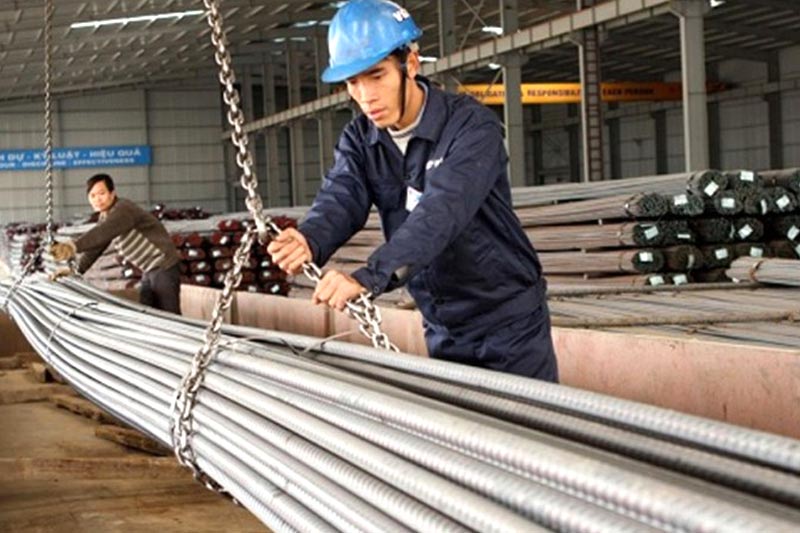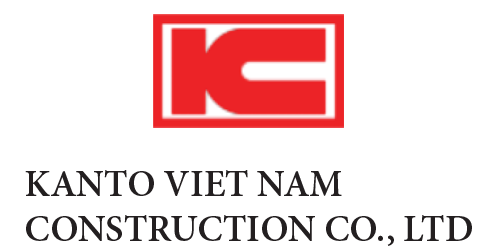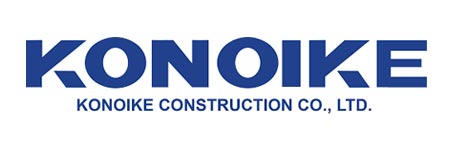Overview of steel consumption in the Member States of SEAISI and Japan
Total apparent steel consumption in 10 countries increased slightly, up 1.1% over the same period to 224.6 million tons in 2018.

Australia's apparent steel consumption was unchanged at 4.76 million tons in 2018. Domestic production increased by 1.6% over the same period, while import and export decreased.
Japan's total steel demand continued to increase by 1.7% over the same period to 66.3 million tons in 2018. Domestic production remained at 92.4 million tons. However, imports and exports decreased slightly, by 4-5% compared to the same period last year.
South Korea steel demand fell by about 3 million tons to 53.6 million tons in 2018. Production remained unchanged at 69.6 million tons. Imports decreased significantly, down 4 million tons to 12.4 million tons in 2018. Exports decreased 3.7% over the same period to 28.4 million tons.
Taiwan's steel demand increased by 2.4% over the same period to nearly 20 million tons in 2018. Steel production increased by 7% over the same period, ie about 2 million tons to 28.5 million tons in the same period. However, imports decreased significantly, down 1 million tons to 2.9 million tons in 2018. Steel exports increased by 4% over the same period to 11.5 million tons in the same period.
Demand for ASEAN-6 steel increased moderately, up 4.9% year-on-year to 80.02 million tons in 2018, mainly due to large projects taking place in many countries, especially Indonesia and the Philippines. .
Steel production achieved double-digit growth of 15.3% over the same period to reach 42.8 million tons and imports increased slightly, up 2.8% over the same period to 50.6 million tons in 2018. ASEAN not a major steel exporter; However, export volume has increased significantly since 2017 and continues to expand at 33% over the same period to 13.4 million tons in the same year.
Indonesia's steel demand reached the highest growth rate among 6 countries in ASEAN, at 11% over the same period last year to 15.08 million tons in 2018. Filipino steel demand has increased rapidly since the year. 2010, continued to show strong growth in 2018. Total steel demand in 2018 increased by 9.2% over the same period to reach 10.73 million tons, the second highest growth rate in the region.
Singapore's steel demand increased by 3.7% over the same period to 2.89 million tons in 2018. However, the volume is still low compared to the level before 2016, about 4 million tons / year. Malaysia maintained a moderate growth in steel demand of 3.5% over the same period last year to 9.77 million tons in 2018.
Vietnam's steel demand started to slow down in 2017, down 3% from the same period last year. However, steel demand in 2018 increased moderately, at 3% compared to the same period last year, leading to Vietnam's steel demand returning to 2016 level of 22.3 million tons.
Among 6 countries in the region, Indonesia, Philippines and Vietnam achieved double-digit growth in steel production in 2018. Meanwhile, steel production in Thailand and Singapore all decreased while steel output. Malaysia kept in 2018.
Total steel exports in the ASEAN -6 region showed strong growth of 33% compared to the same period last year in 2018. This is due to the significant growth in steel export volume from Indonesia (doubling compared to the previous year). with 2017) and Vietnam (up 41% over the same period).
(Seaisi newsletter 8/2019)
News Detail
- STATISTICS OF STEEL PRICE IN CHINA, VIETNAM AND OTHER REGIONS IN THE WORLD
- Construction material shortages to continue in 2021
- worldsteel Short Range Outlook October 2020
- PRICE INDEX OF STEEL PRODUCTS REPORT IN CHINA AND VIETNAM 2016 - 2020
- Steel made in Vietnam is not dumped in Korea
- Overview of steel consumption in the Member States of SEAISI and Japan




















